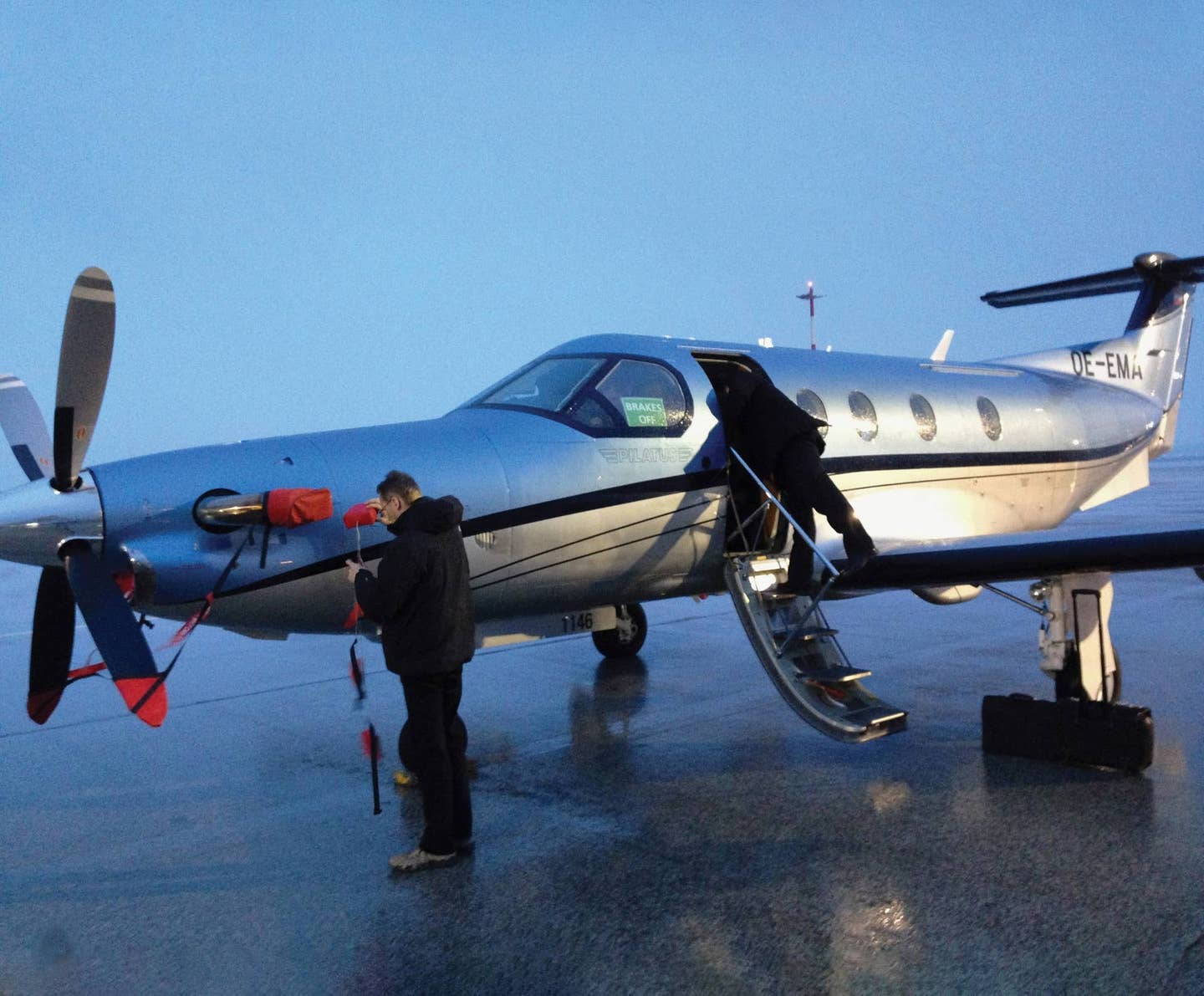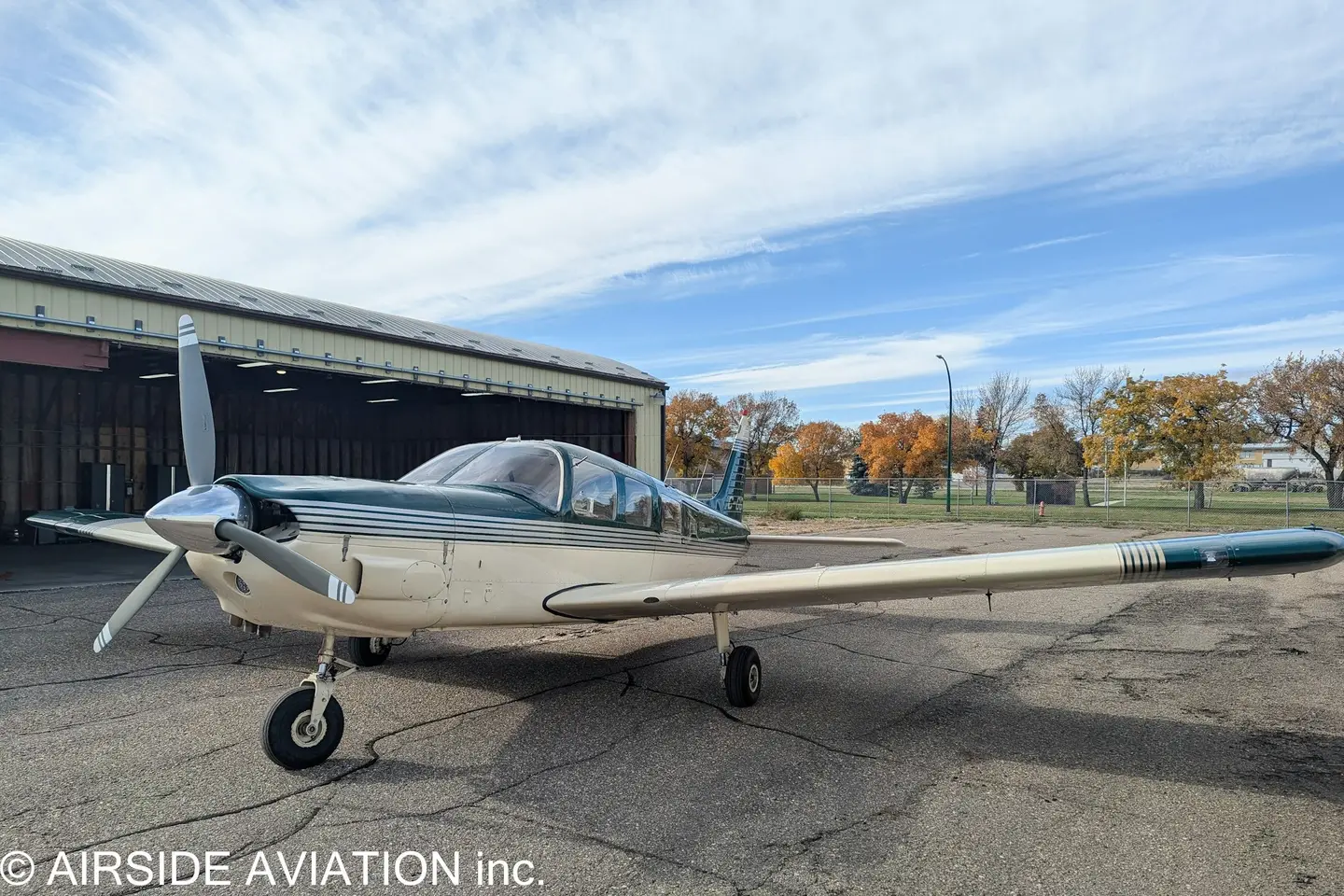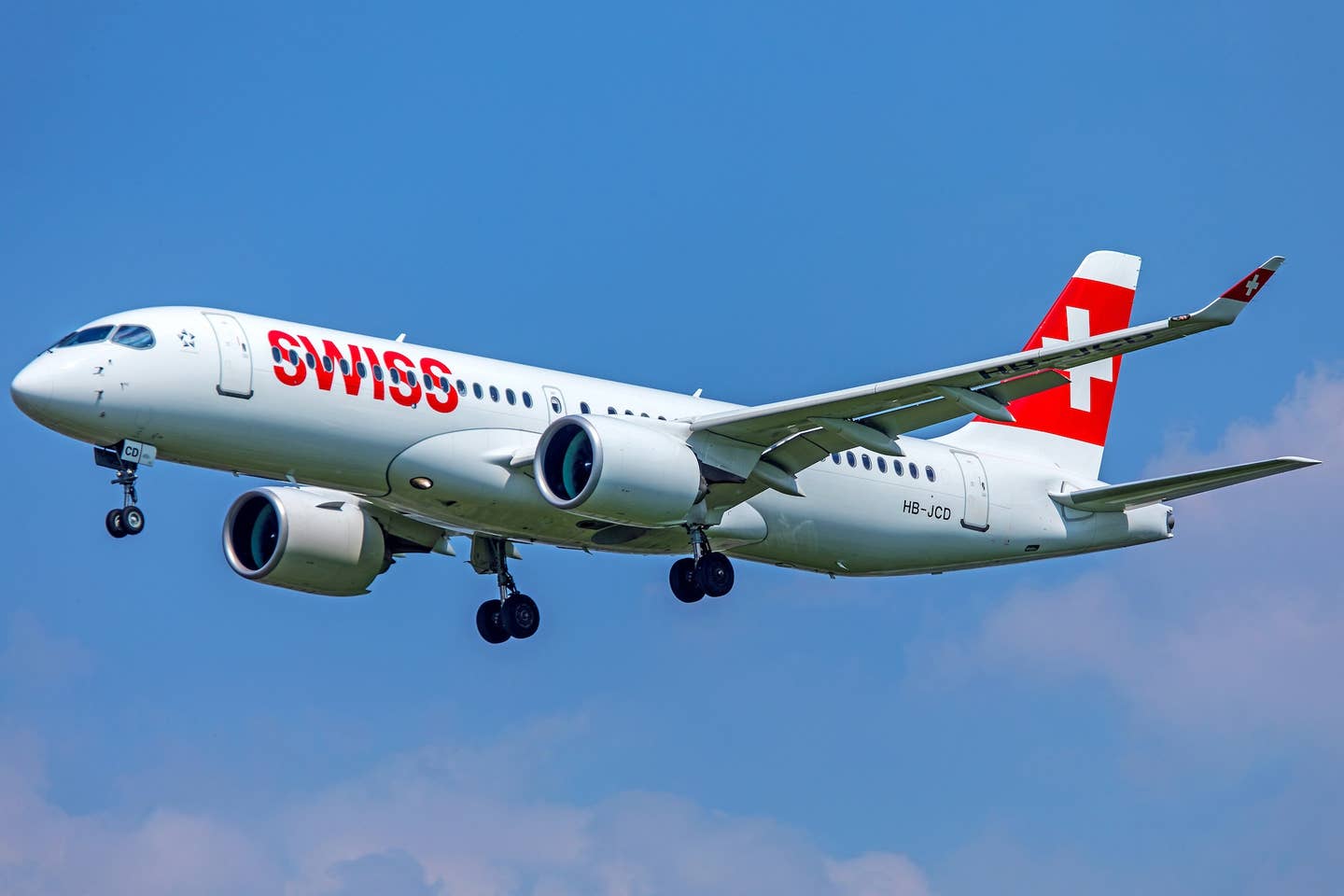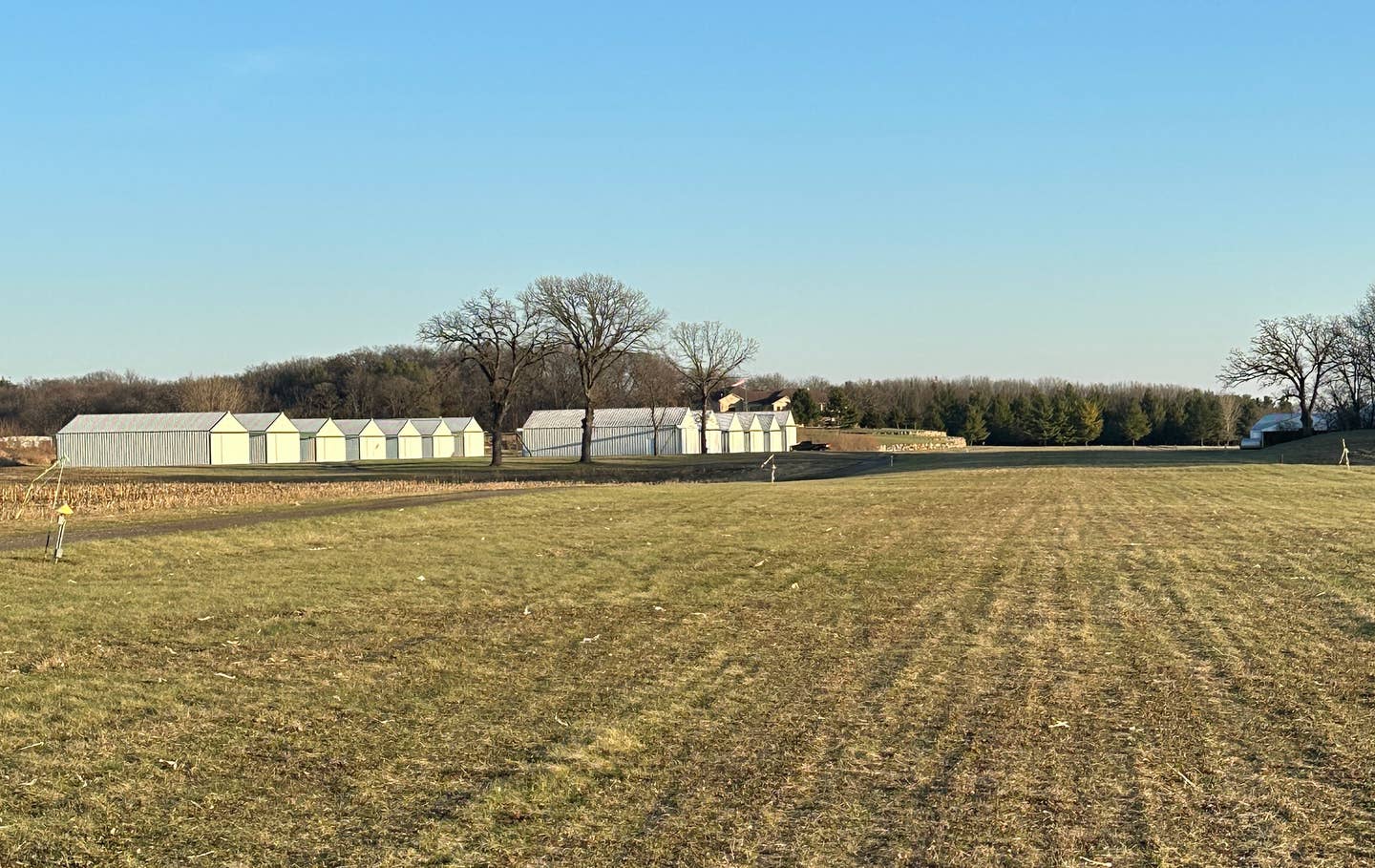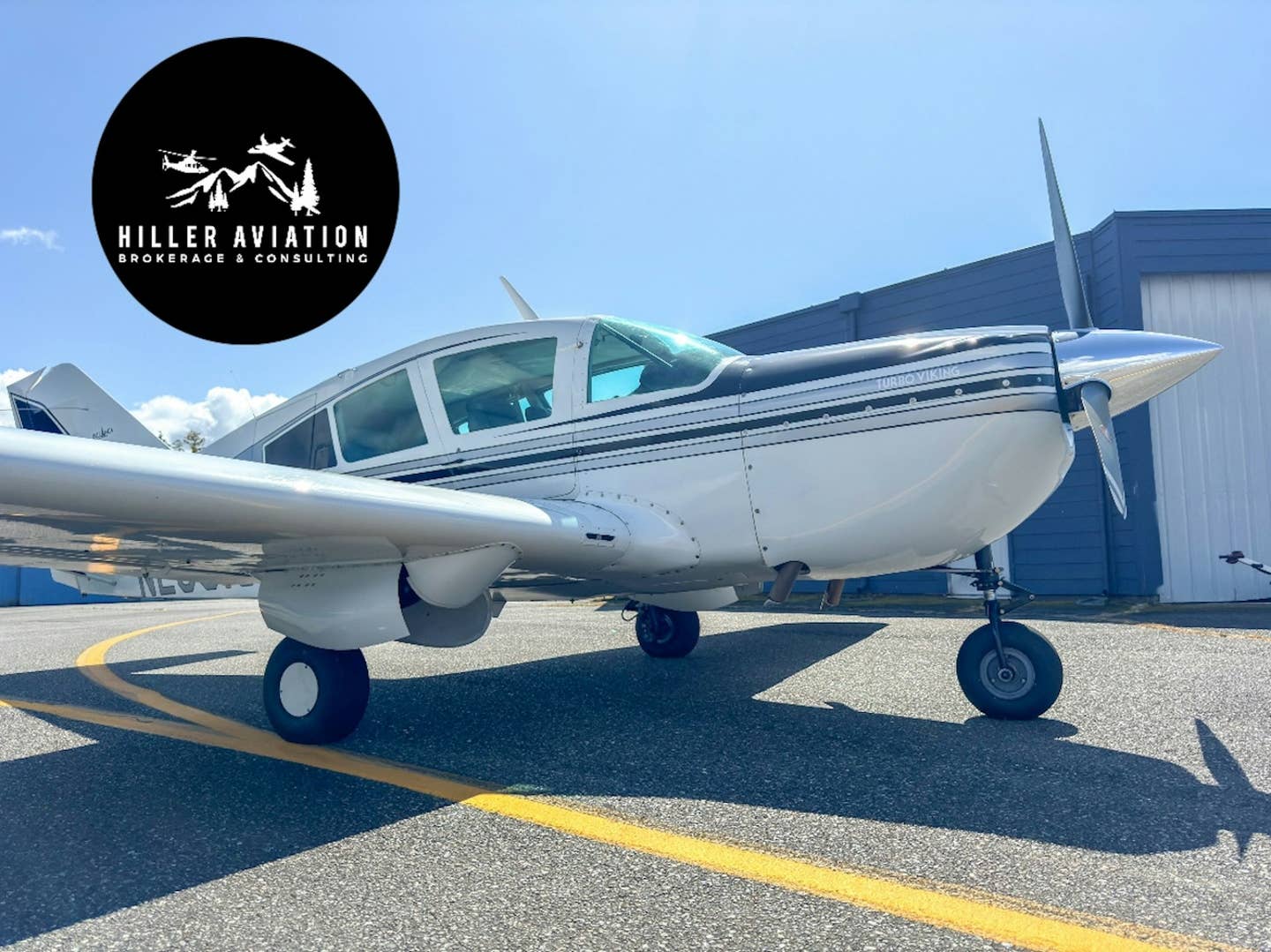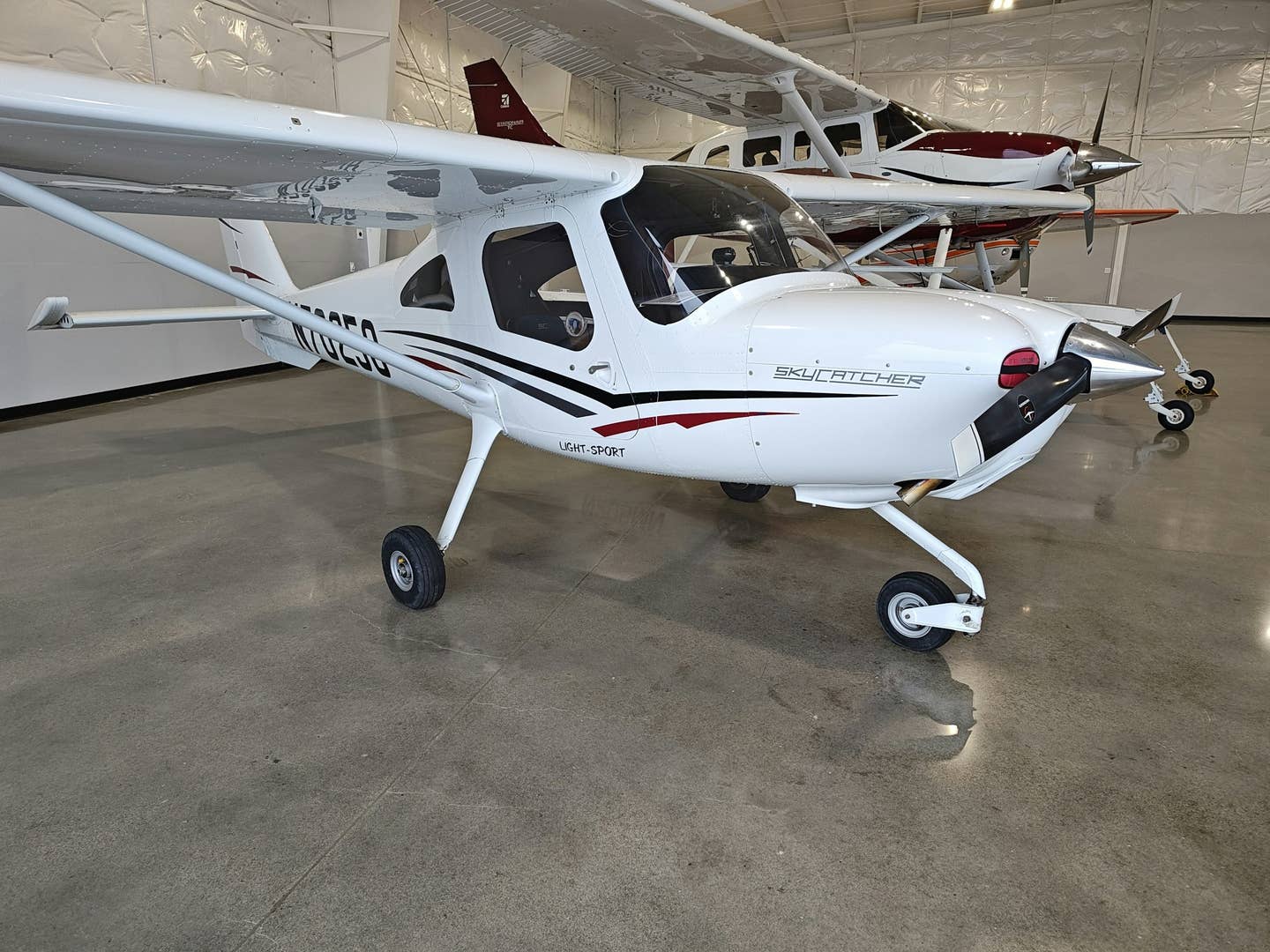
(March 2010) — The girlfriend of a student pilot, eager to see how his flying skills were coming along — he had recently soloed — arranged to accompany him and his instructor on a flight. They took off in a 172 on a beautiful June evening. She was sitting behind her boyfriend, who was in the left front seat; in the right front seat was the instructor, a former Air Force F-16 pilot.
She had thought they were just going up to fly around a bit, but it turned out that the instructor had other ideas. After he had put the student through several stalls, the back-seat passenger asked them to stop because the activity was making her nervous.
They then flew to an airport that had, in addition to a paved strip, a grass one, where the instructor had the student perform several landings because, he said, it would better prepare him for the eventuality of an off-airport emergency landing if he ever had an engine problem.
The instructor liked to teach by first demonstrating a maneuver himself, then having the student try it. Several times during the flight, the instructor said "My airplane" and took over the controls; this annoyed the girlfriend, who wanted to see her boyfriend fly, not the instructor. But at any rate, flying tended to make her drowsy, and as they left the airport with the grass strip she fell asleep.
She woke up in the hospital.
The airplane had crashed at another airstrip, killing both front-seat occupants. According to witnesses, the 172 had approached the 2,125-foot grass runway, 7/25, from the east. High on final, it had slipped first one way, then the other, to lose altitude. The slips were "picture perfect," according to a pilot witness, as was the flare. The airplane was a few feet above the ground and in good position to land when the power came back on and it banked to the left and started to climb. Nose high, it rose to perhaps 100 feet agl, then "whipped over" to the left and fell, the engine at full throttle, until it struck the ground right wing first.
The NTSB determined that the probable cause of the accident was "the flight instructor's excessive climb and failure to maintain airspeed during an attempted go-around, which resulted in an inadvertent stall. … [A contributing factor was] the flight instructor's improper decision-making."
The instructor had logged more than 4,600 hours in single-engine and multiengine airplanes, including 565 hours of instruction in the past 20 months. That he would stall out of a go-around in a 172 is surprising.
The NTSB's judgment that it was the instructor who was the pilot flying is apparently based in part on his reported custom of demonstrating a maneuver before having his student perform it, and in part on the pilot witness's judgment that the slips to a landing had been performed with skill that suggested an experienced hand on the controls. But it is not certain. They had just been landing on another grass strip, and so it is possible that the instructor temporarily took over the airplane to perform the slips because they were high on final, and then turned control back to the student. It is equally possible, on the other hand, that, although witnesses judged that the 172 was in a good position to land, the pilot thought the speed was too high, as is sometimes the case after slipping.
A year earlier, the instructor had been involved in an accident under similar circumstances. He had been demonstrating a simulated engine-out landing to a student. The airplane, another 172, touched down long on the 2,940-foot grass runway, went off the end and was substantially damaged when it struck a fence. It is not hard to imagine that the decision to go around might have been prompted by a recollection of that accident; the runway here, after all, was even shorter.
Because of rising terrain to the west, the standard procedure at the airstrip is to take off to the east and land to the west. The instructor had landed there before, and the decision to begin the go-around with a left turn at midfield is not surprising. Less understandable is the excessive vigor with which he did it.
The instructor's toxicology came back positive for fluoxetine, an antidepressant commonly known as Prozac, prescribed for, among other things, obsessive-compulsive disorder (OCD) and post-traumatic stress disorder (PTSD). A check of his Department of Veterans Affairs medical records revealed that other psychoactive drugs had also been prescribed, including clonazepam, for panic disorder, anxiety and insomnia, and buspirone, for anxiety.
The instructor had a complicated medical history. It had seemingly been set in motion by an F-16 accident 13 years earlier. He had suffered a serious head injury when he ejected from the jet, and he began to experience psychological symptoms that persisted despite psychotherapy and medication. They eventually ended his career as a military pilot. Nevertheless, in spite of "panic attacks exacerbated by flying and by images of combat," he had resumed flying six years after leaving the Air Force.
On his most recent medical certificate application, he had fudged the facts, reporting that his military discharge had been due to chronic pain and that his use of medications for depression had ended several years earlier. In fact, his VA records showed him to have been "on" several psychiatric medications as of a visit four months before the fatal accident. His VA records did not include the fact that he had resumed flying. The FAA, then, which did not seek information beyond what he put on his application, must have viewed him as an ex-fighter pilot who had had some medical issues in the distant past, now resolved; on the other hand, the VA probably saw him as a battle-damaged veteran suffering from chronic psychological issues.
Although the NTSB's report dwells at length on the instructor's medical history, the problem, as always with attempts to correlate drugs of one kind or another with accidents, is to pinpoint exactly how a certain pilot action, in this case an excessively steep pull-up that resulted in a stall, is related to the effects of a drug or the condition that required its use. The report begs the question, noting that "a typical instructor would have been expected to avoid the scenario that resulted in the crash" and that "OCD patients can experience delayed decision-making." While it is true that difficulty in choosing between equally desirable options is often a component of obsessive-compulsive disorder, it is not clear that that type of rational decision-making is analogous to the instinctive decisions made by a pilot during a go-around. If the instructor had flown straight ahead past the end of the runway and into a tree, one might say that he had been paralyzed by indecision about whether to land or go around. But the choice of whether or not to maintain airspeed during a climb is not that type of decision; it is more like the decision to duck when a baseball is flying toward your head — not, in other words, a choice between equally attractive alternatives.
It might be equally persuasive to suggest that the situation — high and perhaps slightly fast while approaching a short turf strip — produced a sort of flashback to the accident of a year before, a humiliating mishap that, although relatively minor, might have loomed large in the psyche of a pilot troubled with "panic attacks exacerbated by flying." Perhaps the recollection had such a powerful emotional impact that it drove the instructor to overcontrol the airplane. But this too is pure speculation.
A separate possibility is implicitly raised in the report's discussion of the wreckage. "A gouge was noted on the ninth hole aft on the outboard left front seat rail" and "the outboard right seat rail's first hole aft was broken." There have been instances of loss of control in single-engine Cessnas when improperly secured seats have slid backward and pilots have either been unable to reach the yoke or have inadvertently pulled it backward with them. That scenario would have been consistent with this accident, if either seat had failed; but there was insufficient evidence to conclude that either had.
All we really know is that something strange happened, and that there was also something strange about the instructor's history, at least in comparison with that of "a typical instructor." So we naturally suppose, without evidence, that the two strange things must be connected, as if the traumatic F-16 ejection had reached forward through time to produce its final, fatal effect after a 13-year delay. But this is guesswork, not analysis. To the NTSB's credit, its finding of probable cause does not mention the pilot's psychological history at all.
This article is based on the NTSB's report of the accident and is intended to bring the issues raised to our readers' attention. It is not intended to judge or to reach any definitive conclusions about the ability or capacity of any person, living or dead, or any aircraft or accessory.

Sign-up for newsletters & special offers!
Get the latest FLYING stories & special offers delivered directly to your inbox

